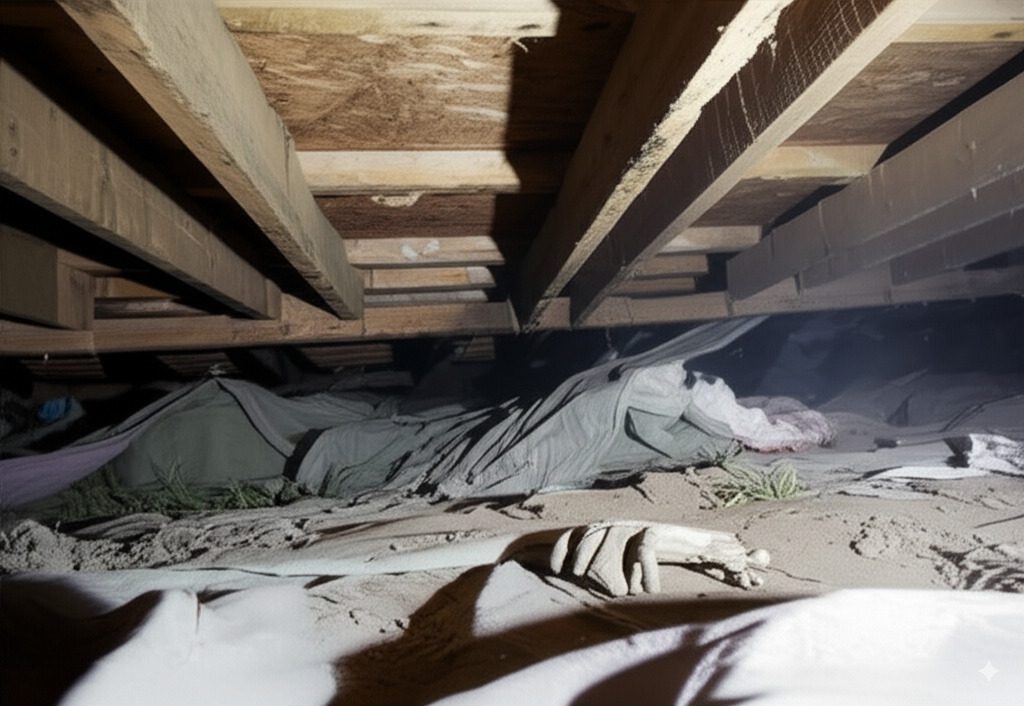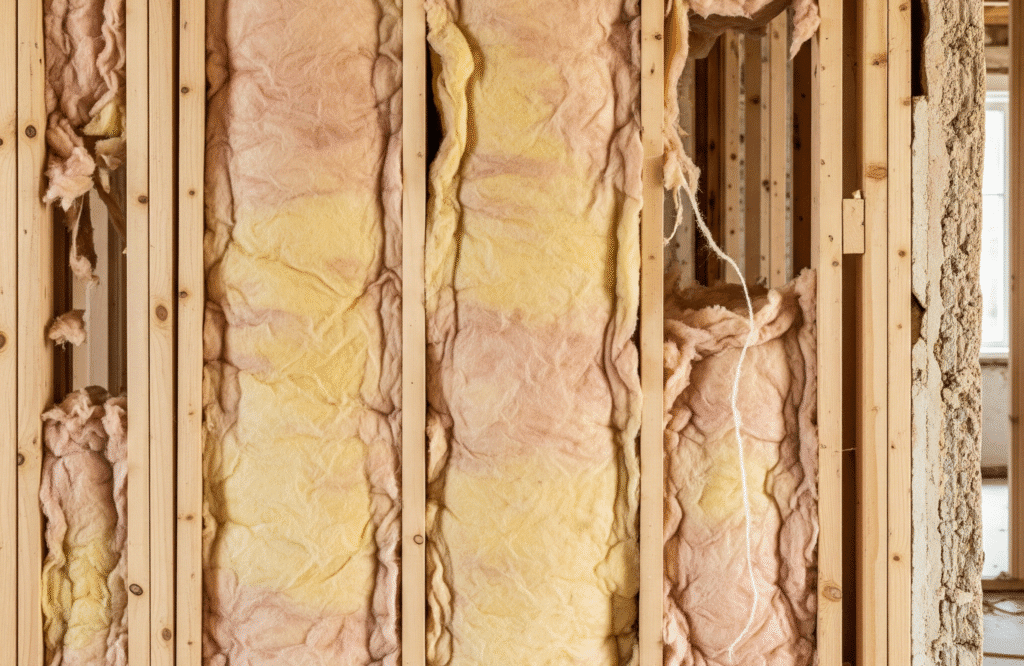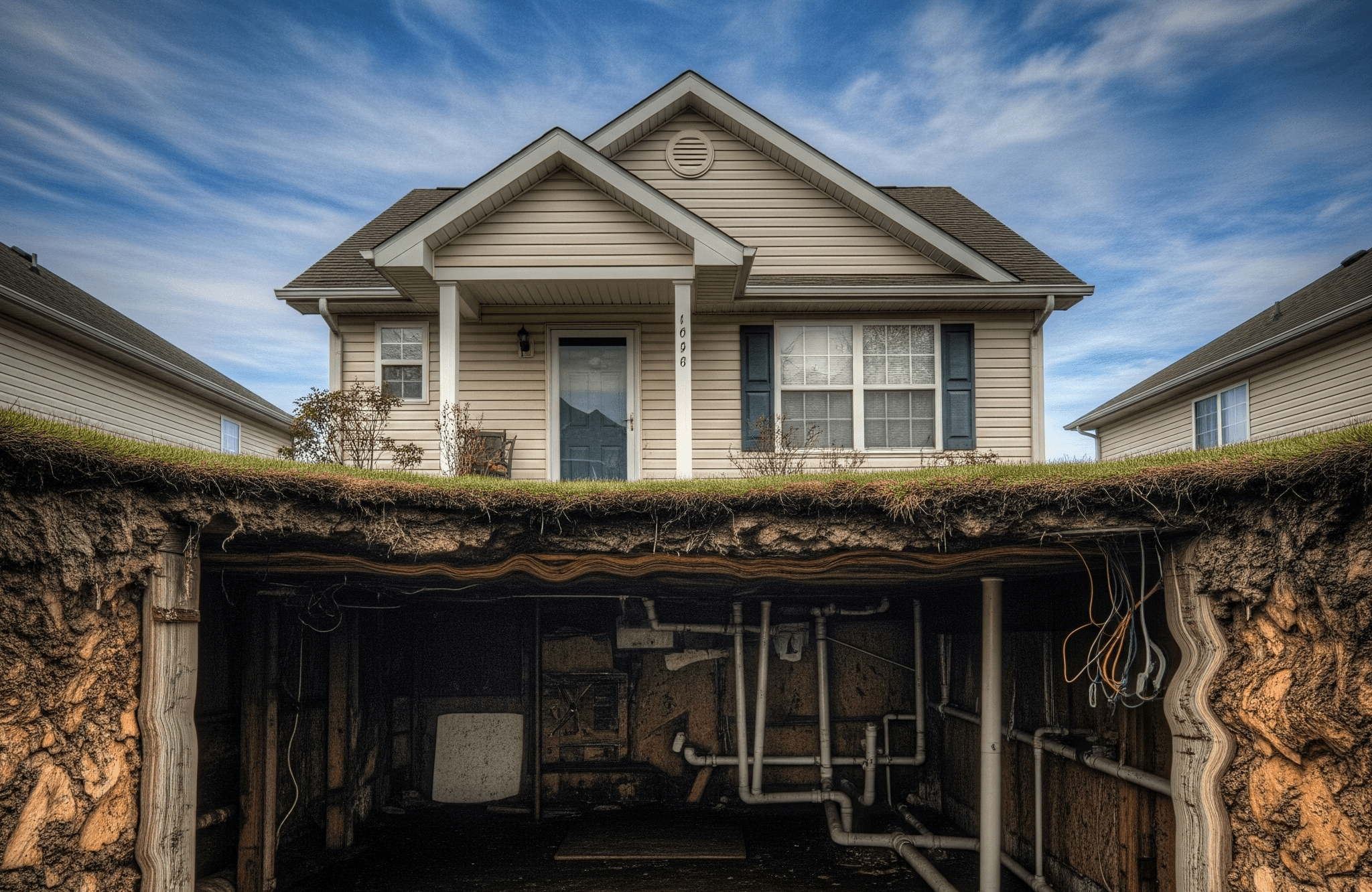When you think about the health of your home, your mind likely goes to the roof, the foundation, or maybe the plumbing and electrical systems. But there’s a hidden, often-ignored area that plays a surprisingly critical role: your crawl space or subfloor. This space, tucked beneath your living area, is more than just a dusty void. It’s a vital component of your home’s structural integrity, air quality, and overall well-being.
Ignoring this area can lead to a host of problems, from expensive structural damage to serious health issues for your family. In the world of home remediation, the crawl space is a frequent starting point for solving major problems. Let’s delve into why this often-overlooked area is so critical.

1. The Foundation of Structural Integrity
Your crawl space is the buffer between your home’s foundation and the living spaces above. It provides a platform for the support beams, floor joists, and subflooring that hold up your entire house. When this area is compromised, the structural stability of your home is at risk.
- Moisture Damage: Excess moisture from the ground can seep into the crawl space, causing wood to rot and weaken. This can lead to sagging floors, warped hardwoods, and even cracks in your walls and ceilings.
- Pest Infestations: A damp, dark crawl space is an ideal breeding ground for termites, carpenter ants, and other wood-destroying insects. These pests can cause significant and costly damage to the structural components of your home, often going unnoticed until it’s too late.
- Foundation Problems: A wet crawl space can also contribute to foundation issues. Soil expansion and contraction due to moisture fluctuations can put immense pressure on your foundation walls, leading to cracks and instability.
2. The Link to Your Home’s Air Quality
One of the most surprising and important functions of your crawl space is its direct impact on the air you breathe. A phenomenon known as the “stack effect” or “chimney effect” means that air from the lower levels of your home, including the crawl space, is pulled upward into your living spaces.
- Mold and Mildew: A damp crawl space is the perfect environment for mold and mildew growth. As these fungi reproduce, they release spores into the air. These spores, along with other allergens, are then drawn into your home through the stack effect. Exposure to mold can trigger a range of health problems, including allergies, asthma attacks, and respiratory issues.
- Odors: Musty, mildewy smells often originate in the crawl space. These odors, caused by bacterial and fungal growth, don’t just stay down there—they permeate your entire home.
- Radon Gas: In some regions, radon gas can seep into the crawl space from the ground. This odorless, colorless radioactive gas is a known carcinogen. If left unmitigated, it can accumulate in your home to dangerous levels, posing a serious health risk.
3. Protecting Your Home’s Energy Efficiency
A poorly insulated and ventilated crawl space can be a major source of energy loss.
- Temperature Fluctuations: During the summer, hot, humid air from the crawl space can rise and put a strain on your air conditioning system. In the winter, cold air can seep in, making your heating system work harder. This leads to higher energy bills and a less comfortable living environment.
- Insulation Damage: When insulation in the crawl space gets wet, it loses its effectiveness and can even become a host for mold and pests. This further exacerbates energy inefficiency.

Remediation: Taking Action for Your Home’s Health
If you suspect issues in your crawl space, it’s crucial to act promptly. Here are some key remediation and prevention steps:
- Moisture Control: The first step in any crawl space remediation is to control moisture. This can involve installing a vapor barrier (a thick plastic sheet) on the ground to prevent moisture from evaporating into the air.
- Ventilation: Proper ventilation is key to circulating air and preventing moisture buildup. However, in some cases, traditional vents can actually let in more humid air, making the problem worse. In these instances, a professional might recommend sealing the crawl space and installing a dehumidifier.
- Encapsulation: For the most comprehensive solution, a full crawl space encapsulation may be necessary. This process involves sealing the entire space—walls, floor, and vents—with a heavy-duty vapor barrier, often in combination with a dehumidifier. Encapsulation creates a dry, conditioned environment that protects your home from moisture, pests, and air quality issues.
- Inspection and Repair: A professional inspection can identify and address any existing problems, such as rotted wood, pest damage, or foundation issues. Once the crawl space is dry and sealed, these repairs can be made to restore your home’s structural integrity.
Your crawl space or subfloor is far more than just a forgotten area of your house. It is a fundamental component that influences your home’s structural stability, air quality, and energy efficiency. Paying attention to this space is not just a good idea—it’s essential for the long-term health and value of your home, and for the well-being of your family. Don’t wait for a problem to surface in your living room; start with a proactive look at what’s beneath your feet.

